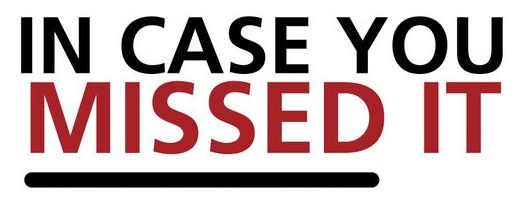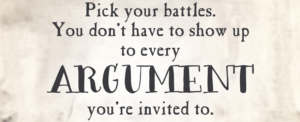
Two questions this week, but before we get there, a quick recap…
So far we have asked three questions as part of The Explain Pain Assessment:
1. Does the learner really want to know about pain science?
2. How does the learner like to learn?
3. Does the learner have an impaired ability to learn?
If you’ve asked these as part of your assessment – and listened carefully to the answers – you’re in front of the game when it comes to adding education as part of your intervention. The answers to these questions should have you thinking about where to start, the media you will be using (with links to the next questions), how to tailor the information you want to provide, how to package the messages into appropriately graspable chunks, the need for gentle repetition, and so much more…
Access to digital media?

Onwards; question 4 in The Explain Pain Assessment is a quick check – Does the learner have access to digital media and know how to use them? This one is just what it says on the can – no point sending someone out with a list of links or a promise of an email if they have no way to access them. Do you have a back up plan? Maybe you need a stash of paper and coloured pencils.
Where do you currently seek health information?

Next question, Where does the learner currently seek health knowledge? Easy to ask in a number of ways, this will also give you some extra information on Questions 2, 3 and 4.
Perhaps the key piece of information is whether you are up against a formidable opponent in the education stakes. Is there a powerful and credible source – a person, a TV show with a name-brand ‘doctor’ or maybe a website with a celebrity backer selling jade eggs and miracle detox scrubs – that you are going to be battling with? Are you ready? Is it a battle worth having? Are you credible? How will you make your science based message attractive – if a credible (to the learner) source is offering a miracle bath, brace, pop or pill, how will you convince them that active engagement, patience and perseverance are needed?
Or maybe you’ll find an ally – what a difference this can make.
Feel free to share your experiences – the good, the bad and the ugly – on finding an ally, or stepping into a fraught educational process, in the comments below.
-The NOI team
PS There’s a bonus bit of educational science in this one – it’s the recap and self-explanation. Here’s how you do it; some way into your educational session (you’ll have to judge when) stop and recap, in a few key points, what you have covered so far, then ask the learner to explain in their own words what they understand. Take a moment at the end of the session to do the same – what you think you have explained, is not always the same as what the learner is taking away with them.
Noigroup
Knowledge driving health
* The Eight Great Questions in The Explain Pain Assessment come from Explain Pain Supercharged, available at noigroup.com (worldwide), the NOI US Bookstore, NOI UK, and NOI Nederland

My experience with trying to support respiratory patients with chronic disease. Crediblility is under rated, preconceived beliefs and myths are hard to bust, the best myth busters i found who have ultimate credibility were other patients. Peer advice (from a good original source or experience) is worth its weight in gold. However its not coached ‘expert patients’ that hold this unique role, its their true peers who can not only advise but truly empathise as well. This came in the form of exercise based support groups (in the UK) called Pulmonary Rehabilitation, perhaps pain sufferers could benefit from a similar forum?
Hi Ian,
I have to agree with you as far as Peer opinion goes. In our Pain group, one of our most popular sessions is the past participant Q and A. Patients instinctively trust someone who has had a similar life experience.
I have learnt to emphasise that it’s science and research that are the authors of the information I am giving after a patient told me that she wasn’t ready to convert her current beliefs about her pain to “my way of thinking”. I made several errors in my enthusiasm to educate this lady but uppermost was accidentally facilitating the perception that the knowledge was my opinion rather than that of the broader scientific community.
I am a physiotherapist who lives with chronic pain. Speaking from my perspective as a patient, I think one of the biggest factors to do with patient compliance is trust in the clinician. If you have a good clinican who follows the steps outlined above it allows you, as the patient, to develop trust in this clinician. This makes everyone’s job easier! The management of chronic pain from a patients’ perspective is difficult, and takes perserverance and compliance. The results are not always apparent straight away, which means trust in the clinician is imperative. As well, sensitive, periodic objective measures are really important to both clinician and patient. I use the Recognise Apps and cannot recommend them highly enough. Thanks for all the great work you do. It helps so many people.